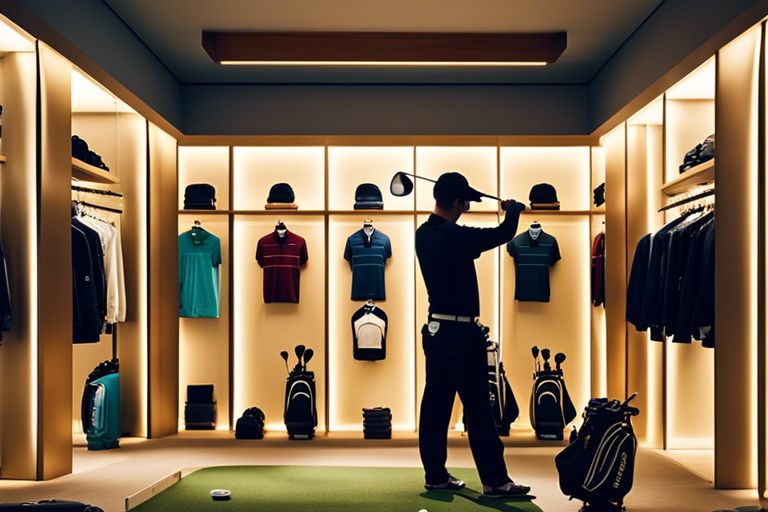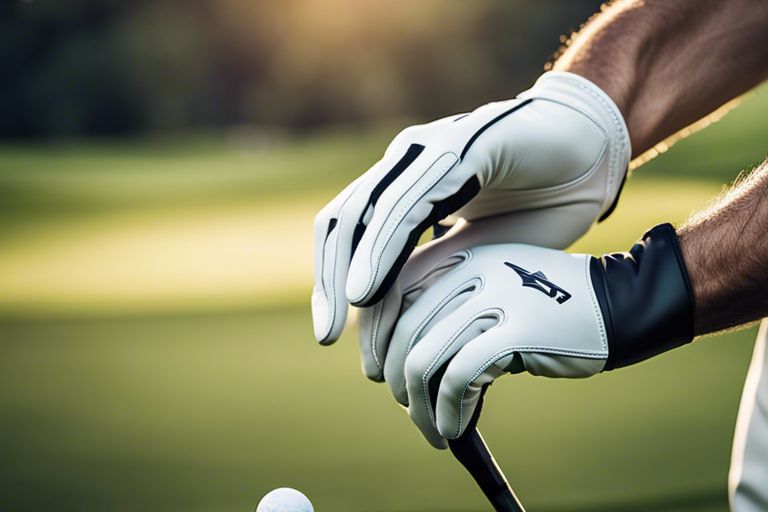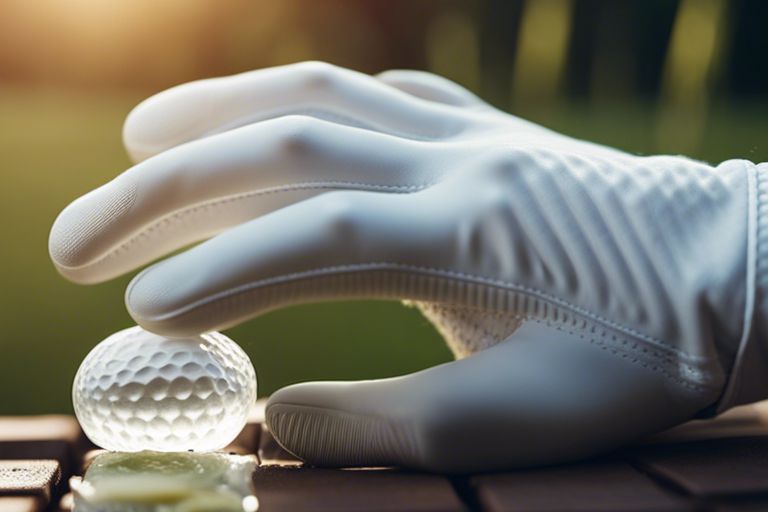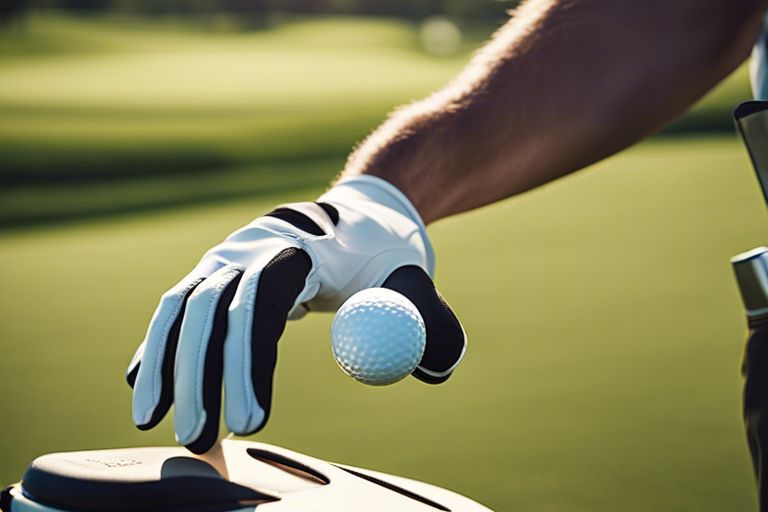This guide will help you accurately determine the correct size for your golf clubs, ensuring a more comfortable and effective game on the course. By following these simple steps, you can ensure that your clubs are tailored to your individual height, swing style, and skill level, ultimately improving your performance and enjoyment of the game. Let’s dive in and find the perfect fit for your golf clubs!
Key Takeaways:
- Get fitted: The best way to ensure that you have the right size golf clubs is to get properly fitted by a professional.
- Consider your height and swing speed: Factors like your height and swing speed play a key role in determining the right size of your golf clubs.
- Test different clubs: It’s important to test out different clubs to find the right size and feel that works best for your swing and overall game.
Understanding Your Swing Style
Determining Your Swing Speed
For you to determine the correct size for your golf clubs, it is imperative to know your swing speed. Your swing speed affects the flexibility of the shaft that is suitable for your clubs. A general rule of thumb is that the faster your swing speed, the stiffer the shaft you will need. Lower swing speeds generally require more flexible shafts to help generate more power and distance.
Identifying Your Swing Type (Neutral, Draw, Fade)
Neutral
Neutral swing type means that you hit the ball relatively straight without much curve to the left (draw) or right (fade). When determining the right size for your golf clubs, knowing your swing type can help in choosing the correct club head and shaft design that complements your neutral swing style.
Your swing type plays a crucial role in selecting the right golf clubs that can enhance your gameplay and overall performance on the course. Whether you have a neutral, draw, or fade swing, understanding your swing style is key to sizing your clubs correctly for maximum effectiveness.
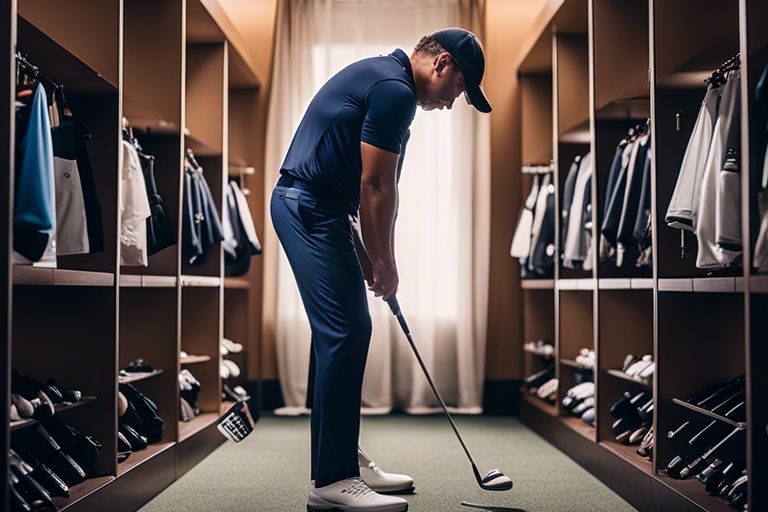
Measuring Your Body
Height and Wrist-to-Floor Measurement
For accurate sizing of your golf clubs, you first need to measure your height and wrist-to-floor distance. Stand up straight with your arms relaxed at your sides and have someone measure the distance from your wrist to the floor. This measurement helps determine the length of your clubs and ensures that they are the right fit for your body.
Arm Length and Hand Size
Now, for a more personalized fit, you can also consider your arm length and hand size. Longer arms may require longer shafts on your clubs for better performance and comfort. Additionally, the size of your hands can impact the grip size of your clubs, which is crucial for a proper hold and swing.
Plus, keep in mind that your hand size can also affect your club selection, particularly when it comes to choosing the right grip size. A comfortable grip that fits your hands well can enhance your control and feel during your swing, leading to improved performance on the course.
Fingertip-to-Fingertip Measurement
Height is not the only factor to consider when sizing for golf clubs. Another important measurement is your fingertip-to-fingertip span, which can help determine the ideal width of your club’s grip. Measure the distance from the tip of your middle finger on one hand to the tip of the middle finger on the other hand, with your arms extended sideways. This measurement provides guidance on selecting the right grip size for your clubs.
Understanding how various measurements of your body relate to the sizing of your golf clubs is crucial for optimizing your performance on the course. By taking into account your height, arm length, hand size, and fingertip-to-fingertip span, you can ensure that your clubs fit you properly and are tailored to your unique physical characteristics, ultimately helping you play your best game of golf.

Factors to Consider When Sizing Golf Clubs
Not all golf clubs are created equal, and finding the right size for your clubs can significantly impact your game. There are several factors to consider when sizing golf clubs to ensure that you are maximizing your potential on the course.
- Clubhead Speed and Ball Flight
- Shaft Flexibility and Torque
- Grip Size and Style
Clubhead Speed and Ball Flight
On the course, your clubhead speed and ball flight are crucial elements to consider when sizing your golf clubs. Your swing speed can help determine the flex of your club shafts, which ultimately impacts the distance and accuracy of your shots. Understanding how your swing speed translates into ball flight can help you choose the right clubs for your game.
Shaft Flexibility and Torque
Little adjustments in shaft flexibility and torque can make a significant difference in your performance on the course. The flex of a shaft affects how it bends and ultimately how much power is transferred to the ball upon impact. Torque, on the other hand, refers to the twisting of the shaft during the swing, which can affect the direction of your shots. Finding the right balance of flexibility and torque in your shafts can help you achieve more consistent and accurate shots.
Another crucial aspect to consider when sizing golf clubs is the weight of the shaft. Lighter shafts may help increase clubhead speed, while heavier shafts can provide more control over your shots. Finding the right balance between weight, flexibility, and torque is crucial for optimizing your performance on the course.
Grip Size and Style
There’s more to grip size and style than just comfort. The size of your grip can influence how you hold the club and how your hands release through impact. Additionally, the style of grip you choose, whether it be textured or smooth, can also affect your feel and control of the club. Finding the right grip size and style can help you maintain a consistent grip pressure throughout your swing and improve your overall performance.
This information may seem overwhelming, but with the right guidance and expertise, you can easily determine the best golf club size for your game. Keep in mind, the right fit can make all the difference in your golf game, so take the time to consider these factors before making a final decision on your club size.
Tips for Getting the Right Fit
Now, when it comes to getting the right fit for your golf clubs, there are a few key things to keep in mind. This will ensure that you are maximizing your performance on the course and getting the most out of your swing.
Getting Fitted by a Professional
- When getting fitted by a professional, make sure to communicate your goals and preferences clearly.
- Ask questions and seek advice from the fitter to understand why certain club specifications are being recommended for you.
This personalized approach will help you make more informed decisions about your club selection.
Using Online Fitting Tools and Resources
Now, if you prefer a more DIY approach, there are plenty of online fitting tools and resources available to help you find the right fit for your golf clubs.
Professional club fitting services can analyze your swing and provide recommendations based on your unique needs and playing style. Whether you are a beginner or a seasoned pro, these tools can offer valuable insights to guide your club selection process.
Trying Before You Buy
Right, before making a final decision on your golf clubs, it’s important to try them out on the course or at the driving range. This will give you a real feel for how the clubs perform and if they suit your playing style.
Using demo clubs or rental sets can also help you determine which clubs feel the most comfortable and natural in your hands. This hands-on approach can be crucial in ensuring that you are making the right investment in your golf equipment.

Sizing for Specific Clubs
Driver and Fairway Woods
Clubs such as your driver and fairway woods are crucial in your golf bag. When sizing for these clubs, it’s important to consider the length of the shaft. The length of your driver should allow you to make solid contact with the ball while maintaining control and generating distance. Your fairway woods should also be sized appropriately to ensure you can hit long shots off the fairway or rough with ease.
Hybrids and Irons
Sizing your hybrids and irons is important for shaping shots and hitting greens in regulation. These clubs are often used for approach shots and should be tailored to your swing speed and skill level. Your hybrid clubs should bridge the gap between your fairway woods and long irons, providing versatility in various lie conditions.
A proper fit for your irons can help you achieve better accuracy and consistency in your ball-striking. It’s crucial to have the right shaft length and lie angle to match your swing mechanics and body posture.
Wedges and Putters
Now let’s focus on sizing your wedges and putters, which are crucial for your short game finesse. Wedges come in various lofts, and choosing the right ones can help you execute a variety of short-game shots with precision. Your putter length should allow you to maintain proper posture and eye position for a consistent putting stroke.
Fairway wood and hybrid play a great role in improving your long-distance shots, while proper sizing of wedges and putters can help you save strokes around the green.
Common Mistakes to Avoid
Sizing Based on Age or Gender
To ensure you have the right golf club size, it’s crucial to avoid the common mistake of solely relying on age or gender for sizing. While age and gender can provide some general guidelines, they should not be the only factors you consider. Remember that everyone has unique body proportions and strengths, so it’s vital to also take into account your height, arm length, and swing speed when determining the right club size for you.
Ignoring Shaft Flexibility
On your quest for the perfect golf club size, do not overlook the significance of shaft flexibility. The shaft flex of a club can greatly impact your performance on the course. Choosing a shaft that is too flexible or too stiff for your swing can result in inconsistent shots and decreased accuracy. Make sure to consider your swing speed and tempo when selecting the appropriate shaft flex for your clubs.
A common mistake golfers make is assuming that a stiffer shaft is better for increased distance. While this may be true for some players with very high swing speeds, a shaft that is too stiff can actually hinder your ability to generate clubhead speed and distance. It’s important to find the right balance that matches your swing characteristics for optimal performance.
Not Considering Your Swing Style
Avoid the pitfall of not taking your swing style into account when sizing for your golf clubs. Your swing style, whether you have a fast or slow tempo, a steep or shallow angle of attack, can significantly impact the type of clubs that will work best for you. For example, if you have a quick tempo, you may benefit from shorter clubs to maintain control and accuracy in your shots. On the other hand, if you have a smoother swing, longer clubs may help you achieve more distance.
Commonly, golfers overlook the importance of matching their club specifications to their swing tendencies. By considering how you swing the club and how it interacts with the ball, you can make more informed decisions when selecting the right club size and specifications that complement your unique playing style.
To wrap up
Now that you have learned how to size for golf clubs, you can confidently choose the right clubs that match your height, swing speed, and skill level. Remember to consider the length, flex, and type of club heads that work best for you to improve your game on the course. By getting properly fitted clubs, you can ensure that you are comfortable and consistent in your swings, leading to better performance and enjoyment of the game.
Q: How do I determine the correct golf club size for me?
A: To determine the correct size of golf clubs for you, it is important to consider your height, arm length, and swing speed. You can consult a professional club fitter who will take measurements and recommend the appropriate club length, lie angle, and grip size for your individual needs.
Q: What are the consequences of using golf clubs that are the wrong size?
A: Using golf clubs that are the wrong size can result in poor performance, inconsistent ball striking, and potential injury. Clubs that are too long or too short can affect your swing mechanics and impact the distance and accuracy of your shots. It is important to ensure that your clubs are properly fitted to optimize your performance on the course.
Q: Can I adjust the size of my existing golf clubs?
A: Yes, many modern golf clubs come with adjustable features that allow you to customize the size and specifications of the club. You can adjust the loft, lie angle, and sometimes the shaft length of adjustable clubs to better suit your swing. However, for a more precise and permanent solution, it is recommended to consult a professional club fitter for custom fitting services.

